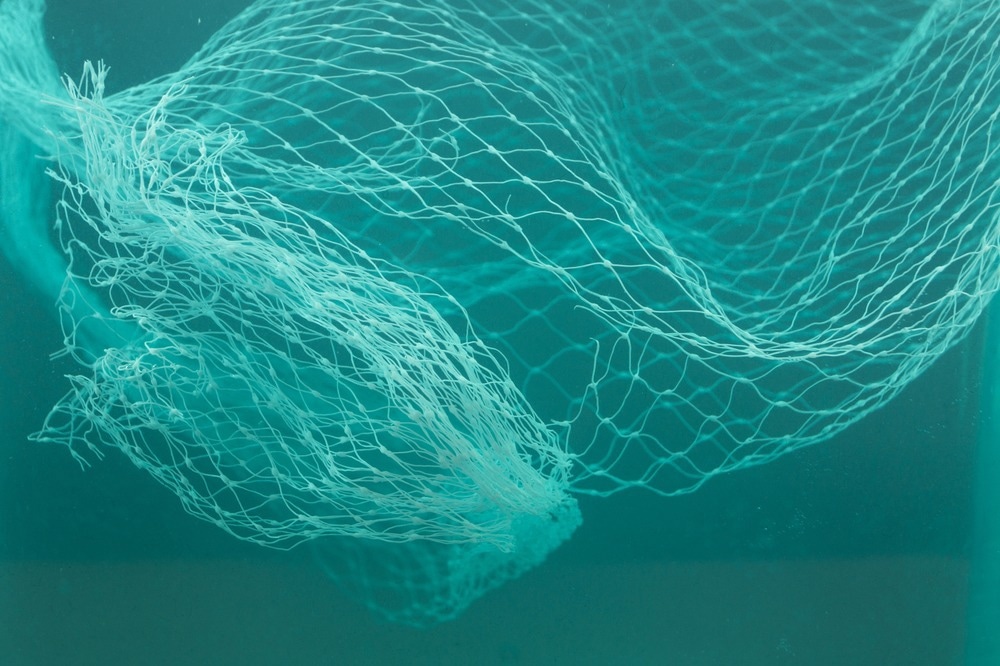Illegal fishing is a worldwide environmental issue that can significantly impact marine ecosystems and local communities relying on fish and seafood for income.

Image Credit: Rein Jongelie/Shutterstock.com
To improve the detection of illegal fishing, governments are increasingly turning to new and innovative technologies, with AI and machine learning-based detection systems emerging in recent years. This article will look at MARLIN, a new illegal fishing detection technology.
MARLIN – An Artificial Intelligence-Enabled Illegal Fishing Detection Technology
MARLIN is currently under development by experts from the University of Southampton and RS Aqua. This innovative robotic system utilizes advanced sensors and machine learning to detect and differentiate underwater sounds that could be natural or human-made.
Data gathered by the onboard sensors is fed back to a central hub in real-time, where it can be analyzed to differentiate it from ambient background noise or animal or human activity.
As well as being used to track and gather evidence of illegal fishing activities, MARLIN can help to better protect marine mammals such as dolphins and whales during the construction of offshore assets such as wind farms.
The onboard sensors function similarly to sonar, a technology that has been used for over a century by ships, submarines, and seismic monitoring stations. MARLIN can detect activity anywhere in the ocean with a high degree of accuracy, aiding law enforcement in its fight against this critical environmental concern.
One of the project team’s main concerns is sustainability and how MARLIN can operate with a small carbon footprint, which is also a central issue for the wider marine industry.
Current systems for detecting activities such as overfishing are based onboard seagoing vessels, which is an environmental problem as these vessels consume diesel and emit harmful greenhouse gas emissions.
By taking detection capabilities off vessels and scaling them down to the scale of a robotic system, MARLIN can save 75% of overall carbon dioxide emissions, offering significant sustainability benefits for the marine monitoring sector.
MARLIN’s Technologies
Onboard MARLIN are a number of technological solutions. The team behind this new addition to enforcement toolkits has developed innovative machine-learning techniques to distinguish between natural, ambient background noise and unusual events, such as marine mammal activity and human activities, such as fishing.
In addition to its sophisticated AI-enabled sensors and machine learning algorithms, MARLIN incorporates real-time data connections and an intuitive, user-friendly interface.
Other Underwater Robotic Systems
MARLIN is not the only AI-enabled robotic marine monitoring system currently in development. Several revolutionary technologies have emerged in recent years, enhancing scientists’ understanding of marine ecosystems.
Hydrus, from Australian company Advanced Navigation, can locate and identify new marine species up to 3,000 meters below the ocean surface, providing scientists with better ways to protect them.
Autonomous robots are also collecting eDNA (environmental DNA), which is shed by marine organisms to build up a better picture of the ocean’s population. Furthermore, work is currently underway to develop an underwater internet which will aid monitoring and exploration.
CSIRO is another main player in monitoring and detecting illegal fishing activities. Working with Microsoft, scientists from CSIRO are leveraging AI and machine learning technologies to catch illegal fishers and reduce the environmental impact of this criminal activity.
CSIROs systems use high-resolution cameras to capture data such as boat type, speed, diving, and fishing. Underwater listening devices (hydrophones) are also employed to record sounds up to 30 meters below the ocean surface at a distance of tens of kilometers.
Microsoft has brought its expertise in AI and machine learning to CSIROs illegal fishing detection solutions, using algorithms to train deployed units and enhance real-time processing of large data sets. With this expertise, illegal fishing activities can be detected quicker and with more accuracy.
Challenges for the Technology
The implications of MARLIN are huge, according to Dr Ryan Mowat from RS Aqua. However, it is not without potential issues which must be addressed before it can be deployed in the field.
MARLIN is likely to be beset by common challenges faced by machine learning and AI. This includes poor data quality, training data overfit/underfit, a potential lack of training data, and algorithm imperfections. Furthermore, challenges with data security could impede progress.
However, if these problems can be circumvented, MARLIN could be an extremely powerful addition to the toolkit of environmental monitoring groups and government agencies. Illegal fishing is a vast and nebulous problem and will require state-of-the-art solutions.
Looking to the Future
Illegal fishing is a key concern for environmentalists and governments worldwide, estimated to cost up to $36.4 billion every year. The World Bank has provided evidence that the scale could be staggering, at between $1 trillion and $2 trillion annually.
By deploying its suite of advanced, AI-based sensors, MARLIN could aid governments and law enforcement in scaling back this cost, thereby protecting marine biodiversity, sustainability, and local economies.
Moreover, this project demonstrates the inroads robotics, AI, and machine learning are making into several industries in the 21st century, improving data processing and real-time response to real-world threats.
References and Further Reading
https://www.southampton.ac.uk/news/2023/07/scientists-unveil-plans-for-underwater-ai-bot-that-detects-illegal-fishing.page
Broom, D. (2023) How 6 robots are helping to protect our ocean [online] weforum.org. Available at: https://www.weforum.org/agenda/2023/07/robots-helping-protect-oceans/
Brown, F. (2020) Artificial and human intelligence used to tackle illegal fishing [online] csiro.au. Available at: https://www.csiro.au/en/news/All/Articles/2020/August/tackling-illegal-fishing
Disclaimer: The views expressed here are those of the author expressed in their private capacity and do not necessarily represent the views of AZoM.com Limited T/A AZoNetwork the owner and operator of this website. This disclaimer forms part of the Terms and conditions of use of this website.